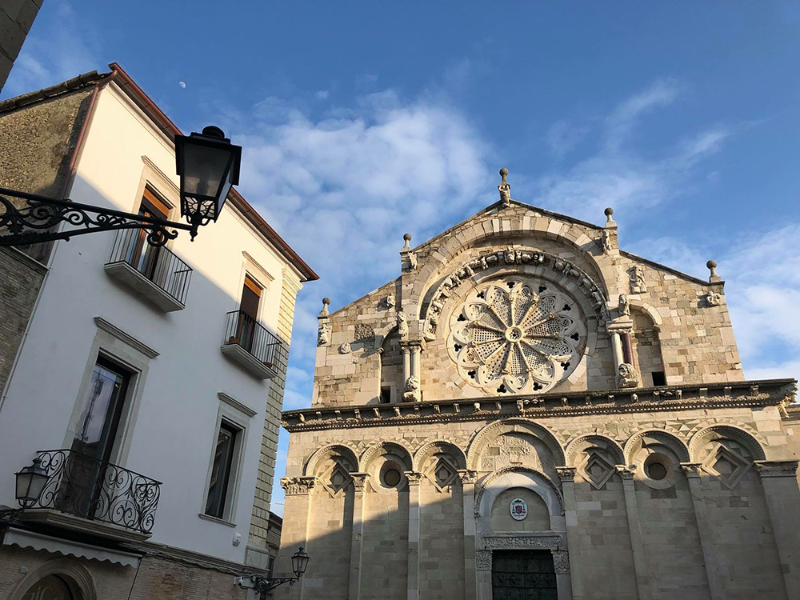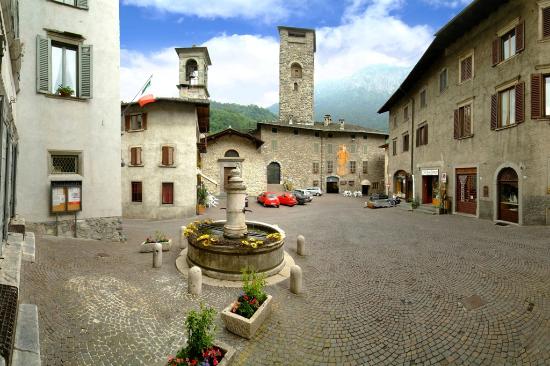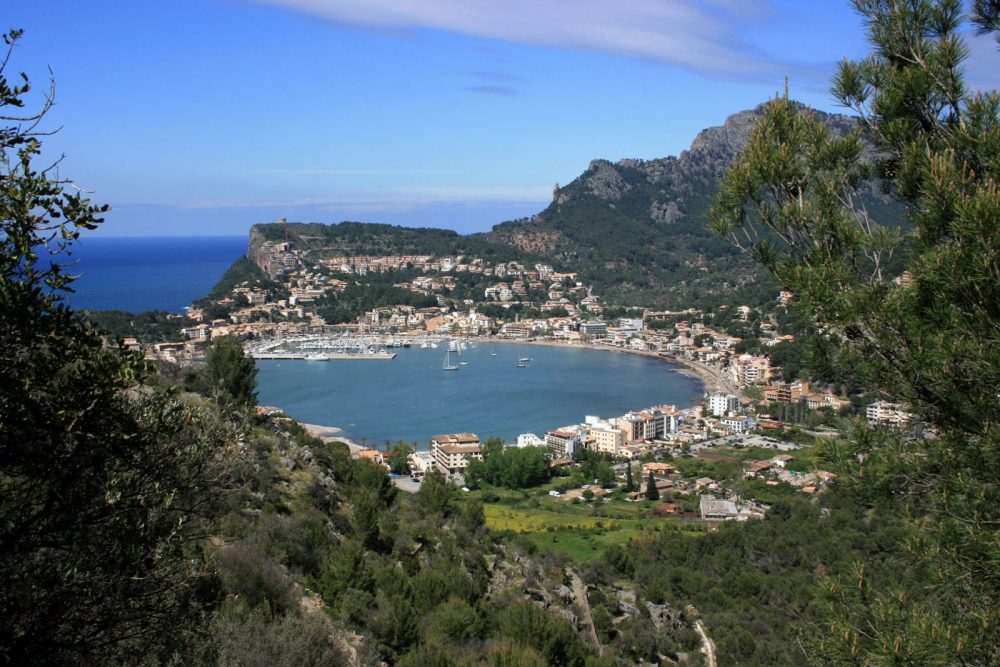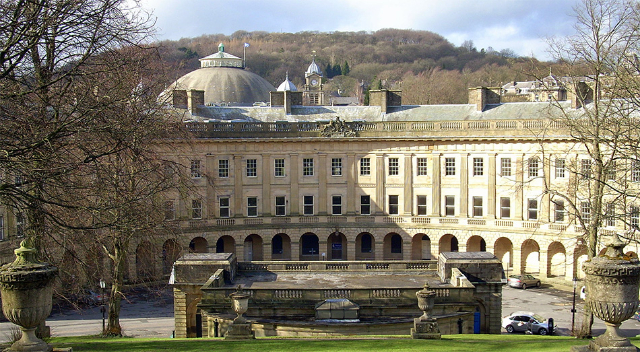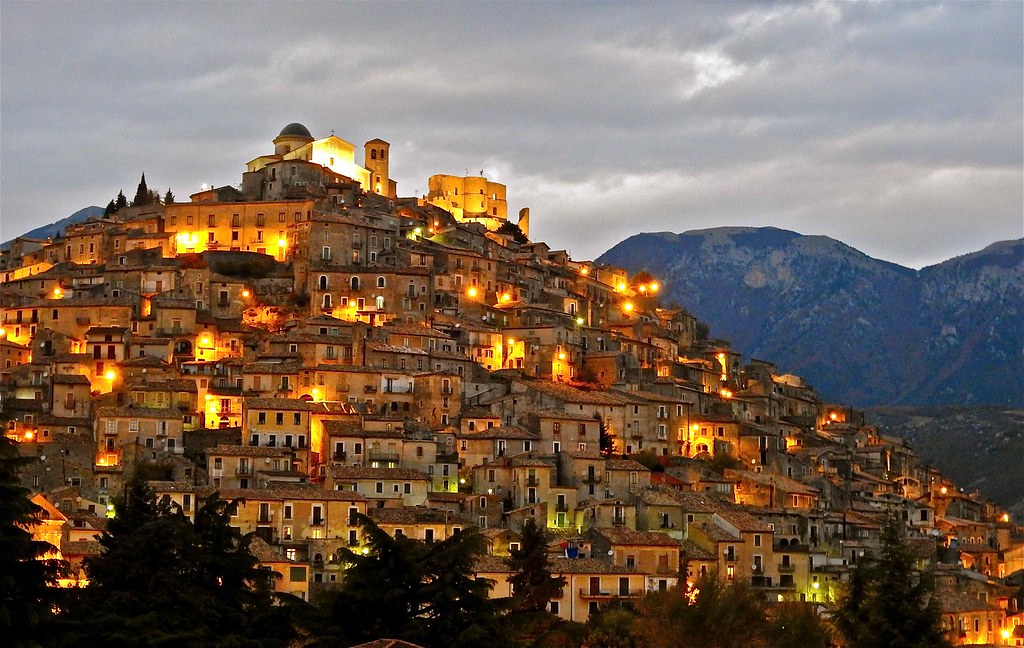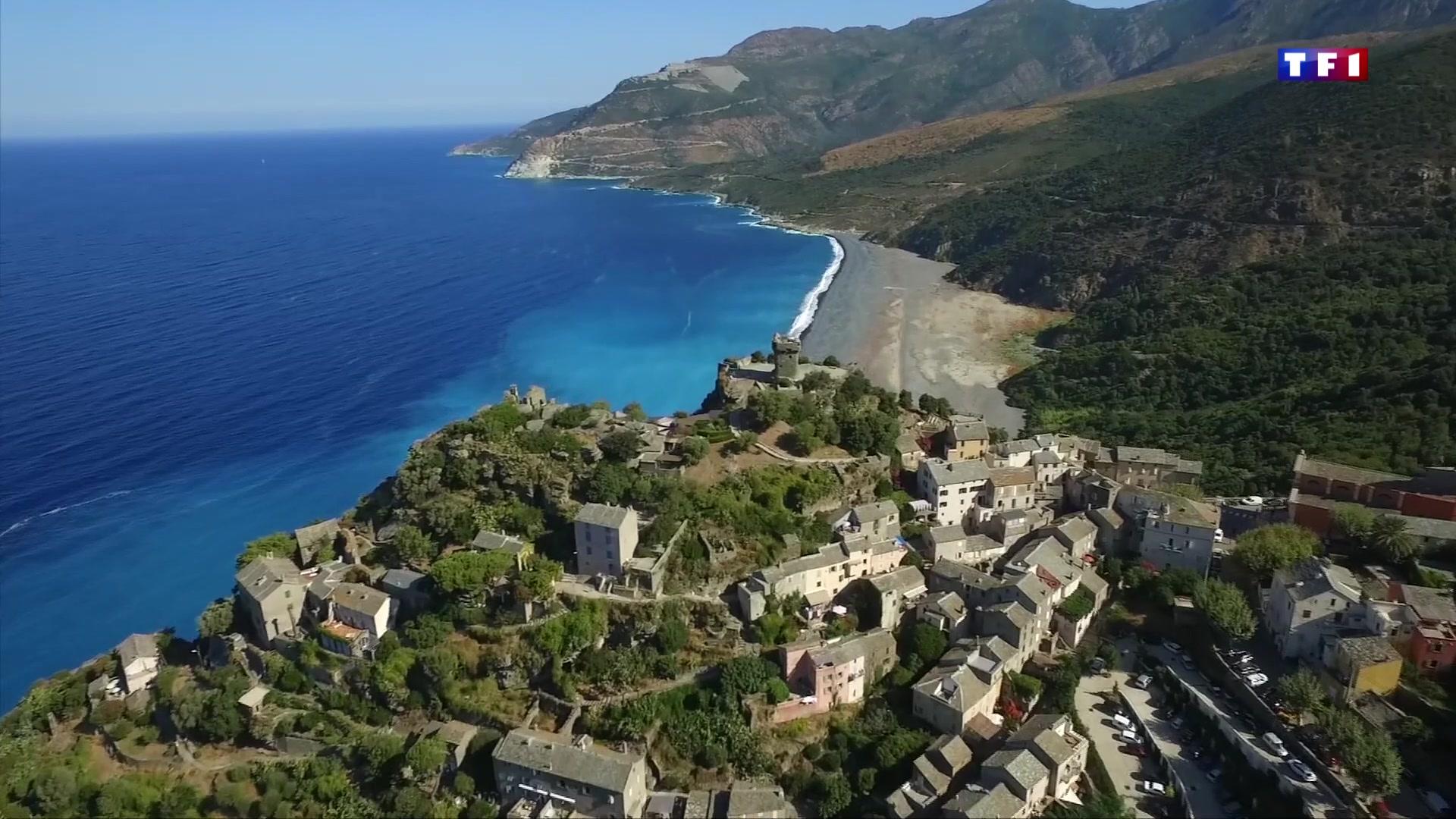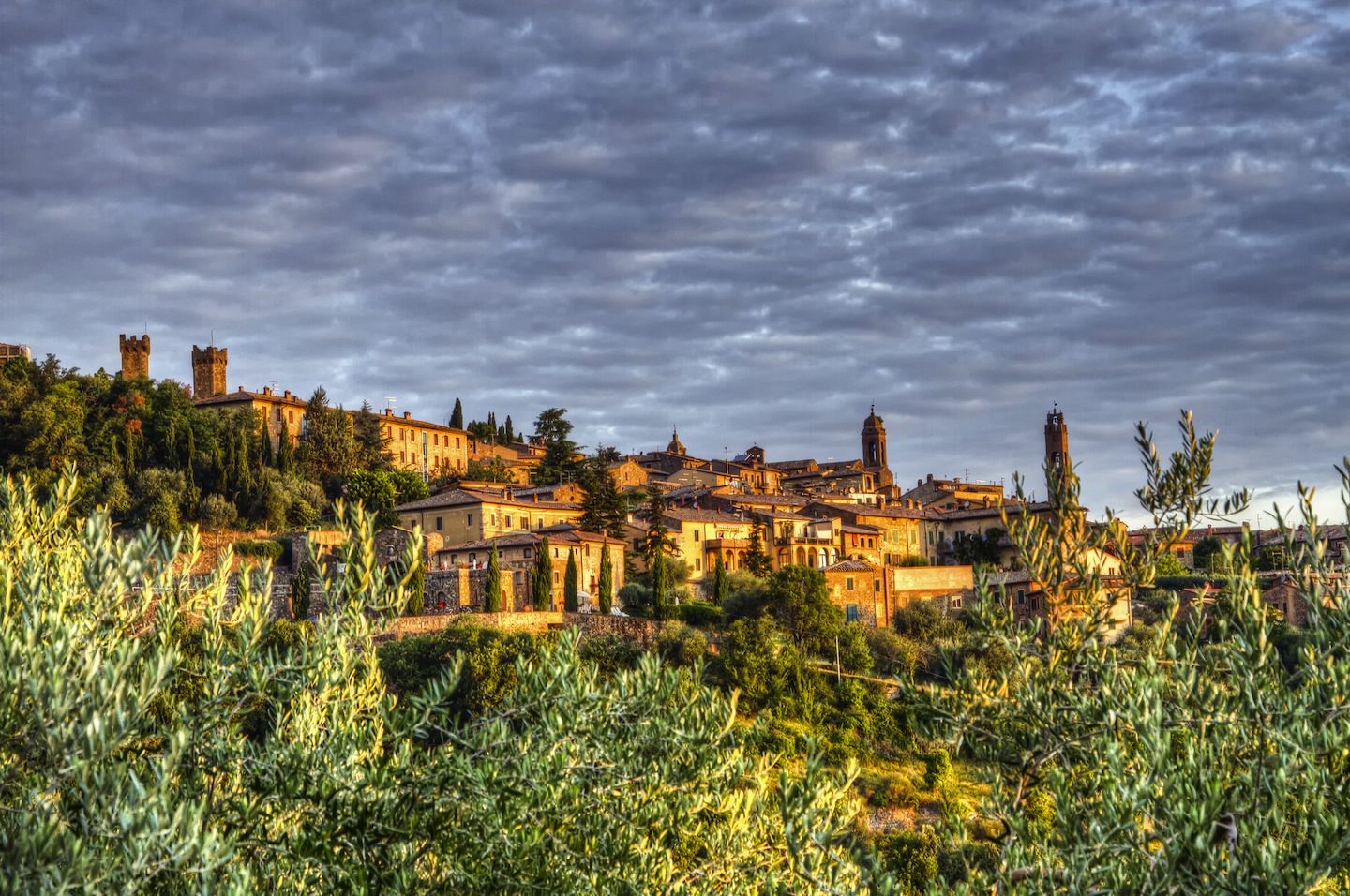Behind the extended Tavoliere of Puglia and at the foot of the Subappennino Dauna rises a small Apulian city of noble history: we are talking about Troja, or Troia as it is currently called, whose foundation (according to legend) took place in the twelfth century BC by hand of Dimodeche, companion of Ulysses.
Indeed, archaeological excavations have confirmed the antiquity of the city, which appears to have existed since before the Punic Wars, although known by the Roman population with other names. The town as we know it and visit it today rises in 1019, year to which will follow a series of social and architectural transformations due to the successive reconquests by the Byzantines, Saracens and finally Bourbons. Troia guards in its streets some of the most fascinating jewels of the medieval art of southern Italy, reason for which an itinerary in the country becomes a must for every building art lover. Civil and religious structures of great importance are wasted, despite the small size of Troia. Around the pedestrian street dedicated to Queen Margherita, wind all the lanes leading to the main monuments and sacred buildings of the region, which blend together the finesse of Arab and Byzantine arabesques with an eclectic Romanesque style.
